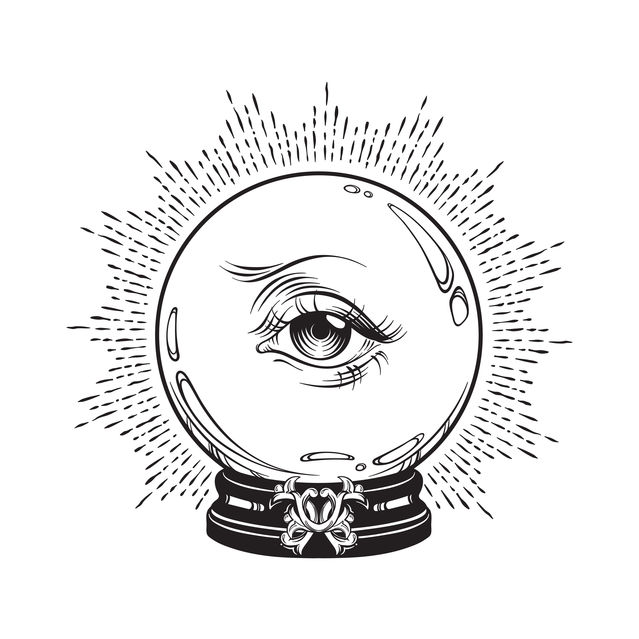Positive Psychology
How to Build a Future with New Potential
Looking to your past for the answers won't help.
Posted February 26, 2019

Karen sits in my office pounding her fist on the arm of her chair. “This is not where my life was supposed to go. It’s too late for me to do anything new. I made some bad choices, in career and relationships, and at my age, there’s nothing out there for me.”
I ask her how she was so sure her future lacked new potential.
She replied. “My proof is my past. It has always been bad.”
It’s a common complaint: The data is in. The findings are set. The future is determined (and it sucks by the way).
I see that we are gazing into a crystal ball that reflects only what’s gone before.
It could be that psychotherapy contributes to this effect. As psychotherapists, we encourage clients to look at their back-stories in order to better understand their present selves. This is fine, to an extent. But it becomes a problem when windows to the past are all we offer.
We can’t stay in the past expecting to find new futures. It won’t work because the past has already happened. The future lies ahead, and it is unknown. Just like our potential.
“Yes, “says Karen, “but how can you believe in something that doesn’t exist?”
Good question. How do we come to envision something that has not happened before? How do we begin to live something we haven’t done already? How can we be someone we have not yet been?
Simple. We use our imagination. We make it up. We believe.
We create fictions in order to find new truths.
It’s not such a crazy notion, really. We do it all the time.
Most original discoveries, the ones that blow our minds and change our lives, are born from something never experienced before. It is something out of reach in the current objective reality, something beyond the data points on a graph that produces the invention that moves us from who we have been to what we could be.
At times, in both science and in art, we have to believe in fiction and free ourselves from the narratives we retell again and again. Likewise, we have to challenge the limits put upon us by unimaginative, rote and repetitive stories.
Like the stories promoted by ageism and sexism. Like the belief that going over and over our past helps us evolve and transform. Like the notion that who we are now, and who we will be next, is determined by who we have been so far.
Because neither future possibilities nor their estimated value can be seen, heard, felt, or smelled, these are not features of the world that are presented to the mind by perception, past or present. The mind must add them.
Martin Seligman in Homo Prospectus
Once we create some future possible scenarios that capture our interest, we have to believe in them and enter the new reality by taking action. If you think this is far fetched, consider this, a child learning to walk has no advance proof she can succeed but believes it enough to keep getting up. The runner who prepares for the next marathon believes her goal is possible while she runs her first lap. The artist who images a scenic vision believes something will emerge when she paints the first stroke.
It’s the future that puts us on the path to our becoming. It’s the future, not the past that pulls us to our new possibilities.
So to Karen, who sits in my psychotherapy office and tells her story of “been there, done that, done,” I say, It’s time to create. It’s time to pretend. It’s time to take steps that bring forth new doings.
It’s time to venture into fictions so improbable that you are pulled out of the repetitions of the past. Let’s shake the crystal ball and look beyond the expected to take action on the not yet dreams.
What else can you envision? What else could be? What can you do next?
Make it up.
Make it good.


